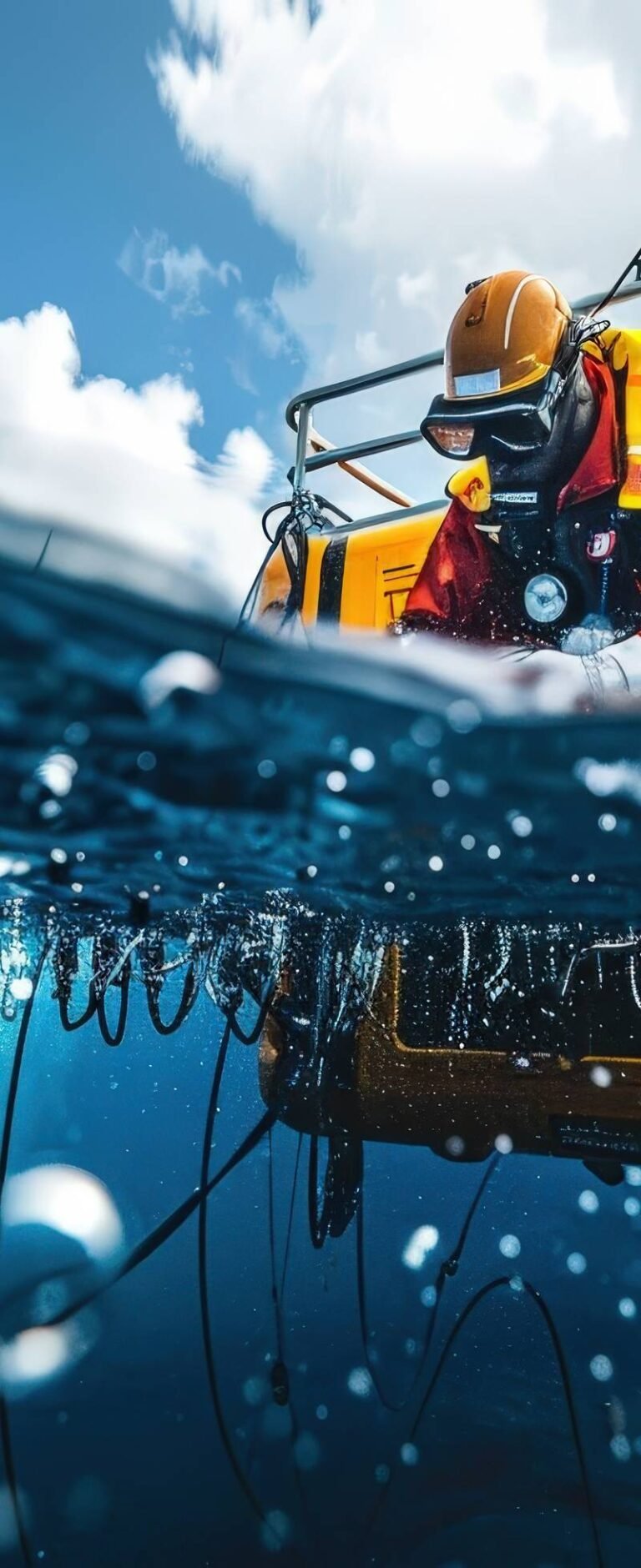The UK’s National Oceanography Centre (NOC) Delivers Roadmap for Offshore Wind Monitoring
The UK’s National Oceanography Centre (NOC) has recently released a comprehensive roadmap aimed at guiding the observation of the ocean to enhance our understanding of the potential impacts of expanding offshore wind developments on the marine environment.
The report, titled “Scoping an Offshore Wind Sustained Observation Programme,” was commissioned by the Scottish Government’s Scottish Marine Energy Research (ScotMER) Programme. The goal is to provide valuable insights to support the planning of significant offshore wind farm expansion within the Scottish sector of the North Sea and beyond.
This initiative comes at a crucial juncture, especially regarding the expansion of floating offshore wind projects, as part of the broader strategy by the Scottish Government to achieve net-zero greenhouse gas emissions by 2045.
Leveraging their expertise in environmental monitoring and marine observation, the report from NOC examines the current understanding of key environmental aspects of the North Sea, with a focus on water column structure and seasonal variability. It also identifies knowledge gaps related to potential offshore wind-related impacts and recommends the use of essential ocean variables (EOVs) for baseline monitoring and future assessments to safeguard the marine environment.
Dr. Michela De Dominicis, an ocean modeling senior scientist at NOC, emphasizes the need to address the uncertainties surrounding the impacts of fixed and floating wind farms as offshore wind expands into deeper waters, especially in the face of climate change complexities. Dr. Charlotte Williams, a physical oceanographer at NOC, underscores the importance of establishing a baseline understanding and continuous monitoring to ensure the health of the ocean.
The Scottish Government has set ambitious targets to add at least 20 gigawatts (GW) of new renewable electricity capacity by 2030, with potential to meet half of Scotland’s current energy demand. With approximately 3 GW of operational offshore wind in Scottish waters, upcoming projects through the ScotWind leasing round aim to add 28 GW across 20 projects, with an additional 5 GW in the Innovation and Targeted Oil & Gas (INTOG) round.
Notably, half of the future projects will involve floating offshore wind developments in deeper waters, where water conditions vary seasonally between mixed and stratified layers. Understanding these dynamics is crucial for assessing the impact on phytoplankton, the foundation of the marine food web.
Key Recommendations from the Report:
- Better integration of existing data and acquisition of essential physical and biogeochemical indicators at regional and site-specific scales.
- Utilization of various monitoring platforms, including remote systems, to collect data on water column stability and stratification.
- Development and validation of computer models to predict cumulative impacts of future offshore wind infrastructures.
- Enhanced stakeholder collaboration and industry programs for long-term monitoring and impact assessment.
The roadmap outlined in the report will inform the Scottish Government’s review of its Sectoral Marine Plan for Offshore Wind Energy, integrating the latest scientific knowledge and insights from recent leasing rounds. By prioritizing monitoring and modeling efforts, stakeholders can work towards a sustainable approach to offshore wind development while safeguarding the marine environment.

